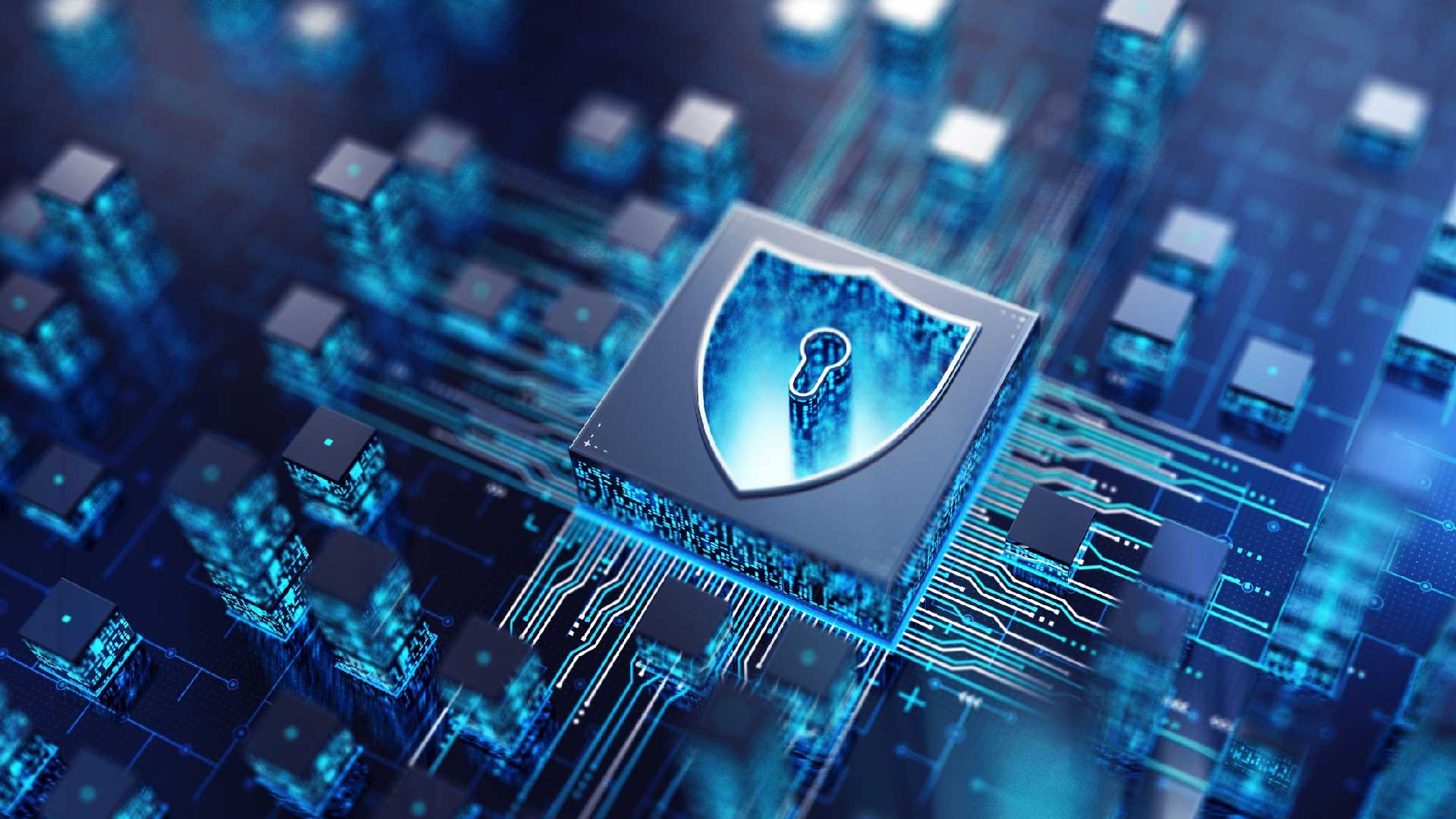

What Is Network Security? Definition, Types, and Best Practices in 2024
In today's world of interconnected devices across the digital landscape, the concept of network security has become a more important than ever before for SMBs as well as large enterprises. Cyber threats are continuously evolving and escalating to more sophisticated attacks, it is of paramount importance for you as a cybersecurity specialist to understand the fundamentals of network security, the several types and shapes that it takes, and of course the best practices to safeguard your organization's valuable data and digital assets. In this blog post, we will delve into the world of network security and explore its significance in the context of 2024.
So, what exactly is Network Security?
Network security is not just a single concept. It encompasses measures, technologies, and processes that are designed to protect the integrity, confidentiality, and accessibility of computer networks and data within an organization. The role of network security professionals involves securing the organization’s network infrastructure, devices, and applications from rogue access, misuse, disruption, modification, or destruction.
The Network Security Landscape in 2024:
- According to a recent study, the global cost of cybercrime is projected to reach $10.5 trillion annually by 2025, up from $6 trillion in 2021, nearly double the damage to organizations and other entities worldwide.
- In 2024 alone, it is estimated that a cyber-attack will occur every 11 seconds, highlighting the relentless nature of cyber threats across the internet.
- The remote work revolution and the increasing adoption of cloud-based business operations have expanded the attack surface, offering manifold opportunities for bad actors, making optimal network security more critical than ever.
Network Security: Types, Forms and Processes
- Firewalls: Firewalls act as a barrier between internal networks and external threats, monitoring and controlling incoming and outgoing network traffic based on predetermined security rules.
- Virtual Private Networks (VPNs): VPNs create secure, encrypted virtual tunnels within the network for remote users to access corporate networks, ensuring the confidentiality of data transmitted over public networks. VPNs are used not just by businesses but institutions and individuals as well
- Intrusion Detection and Prevention Systems (IDPS): IDPS monitors network traffic for suspicious activities, identifying potential security breaches, and takes appropriate actions to prevent or mitigate the impact of cyber threats.
- Network Segmentation: Network segmentation is the process of dividing a network into smaller, isolated subnetworks. This limits the spread of potential security incidents. Drastically reducing the attack surface.
- Access Control: Access control mechanisms, such as user authentication, authorization, and role-based access control (RBAC), ensure that only authorized individuals can access specific network resources and data. These include multi-factor authentication across devices to be able to log in to a secured network
Network Security in 2024: Tips, ideas and best practices:
- Implement a very strong authentication policy: Enforce multi-factor authentication (MFA) for all user accounts, ensuring that only authorized individuals can access the network and its resources.
- Keep Software and Systems Up to Date: Regularly patch and update operating systems, business applications, and security software to address threats that are already known and those that are emerging.
- Conduct Regular Security Assessments: Perform periodic vulnerability assessments and penetration testing to identify and remediate potential security weaknesses in the network infrastructure.
- Educate employees about Security Awareness Training: Continuous employee training against new and emerging cyberthreats is the best way to enforce network security. Educate all employees about cybersecurity best practices, such as identifying phishing emails, creating strong passwords, among various other practices
- Implement Zero Trust Architecture: Gartner predicts that Zero trust architecture will eventually replace VPNs. According to Wikipedia, “The zero trust security model, also known as zero trust architecture (ZTA), and sometimes known as perimeterless security, describes an approach to the strategy, design and implementation of IT systems. The main concept behind the zero-trust security model is "never trust, always verify", which means that users and devices should not be trusted by default, even if they are connected to a permissioned network such as a corporate LAN and even if they were previously verified.” Adopting a zero-trust security model within the devices in your network, implies that no user or device can be inherently trusted and requires continuous verification and authorization.
- According to a recent survey, organizations that have implemented zero trust architecture have experienced a 50% reduction in security breaches compared to those relying on traditional perimeter-based security.
- Leverage Advanced Threat Detection: Cyber criminals are employing several new advanced threats using AI. To guard against network intrusion, detection technologies, such as artificial intelligence (AI) and machine learning (ML), need to be used to identify and respond to sophisticated cyber threats in real-time.
Call to Action:
As we navigate the ever-evolving cybersecurity landscape in 2024, organizations must prioritize network security. By understanding the types of network security and implementing the best practices outlined in this blog post, you can significantly enhance your organization's resilience against cyber threats. Take proactive steps today to assess your network security posture, identify gaps, and invest in the necessary technologies and processes to safeguard your valuable assets. Remember, cybersecurity is not a one-time event but an ongoing journey that requires vigilance, adaptability, and a commitment to staying ahead of the curve.
In today's interconnected digital landscape, network security has become a paramount concern for organizations of all sizes. As cyber threats continue to evolve and escalate, it is crucial to understand the fundamentals of network security, its various types, and the best practices to safeguard your organization's valuable data and assets. In this blog post, we will delve into the world of network security and explore its significance in the context of 2024.





